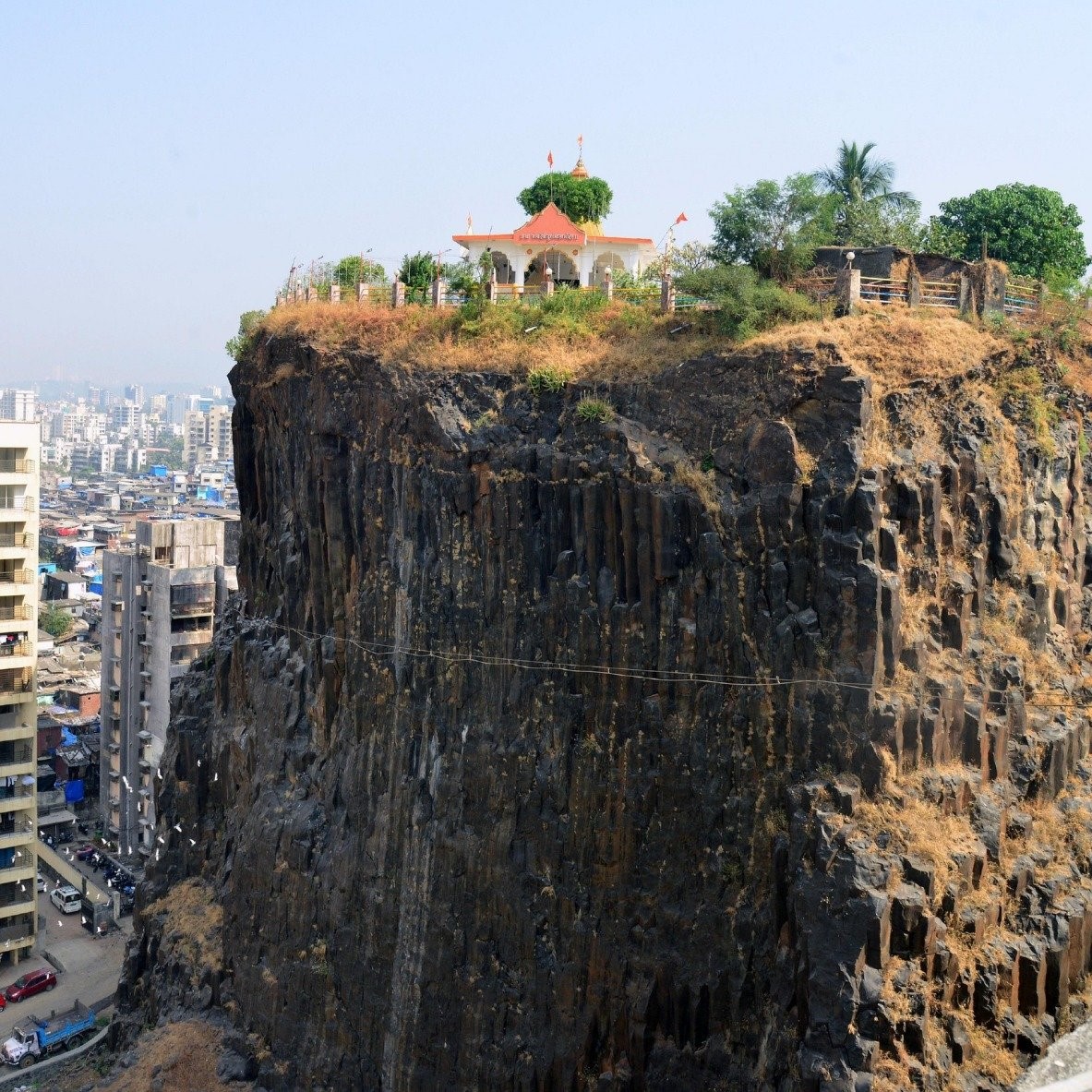Free Courses Sale ends Soon, Get It Now


Free Courses Sale ends Soon, Get It Now



Disclaimer: Copyright infringement not intended.
Context
Details
Gilbert hill
About
Facts about Mesozoic era
The Triassic period:
The Jurassic period:
The Cretaceous Period (145 to 66 million years ago):
|
PRACTICE QUESTION
How many of the above pairs is/are correct?
Answer: A |
© 2024 iasgyan. All right reserved